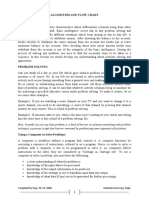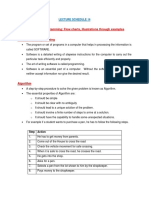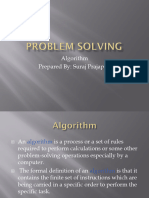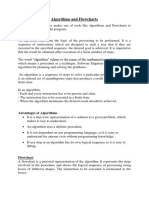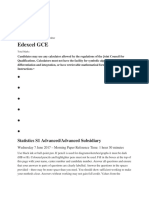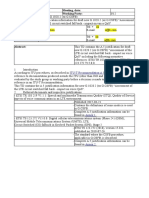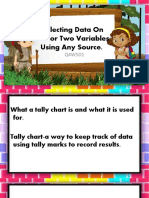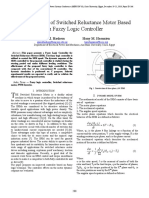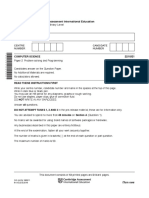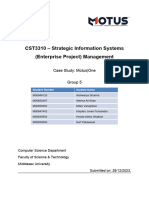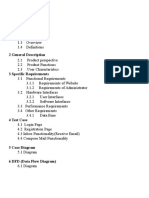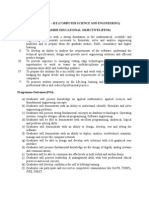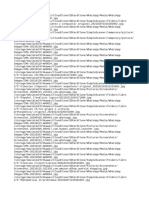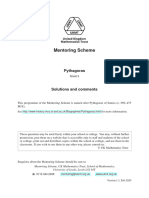0% found this document useful (0 votes)
21 views10 pagesAlgorithms and Flowcharts
The document explains algorithms as step-by-step instructions for solving problems and flowcharts as graphical representations of these algorithms. It outlines the advantages of using both tools, provides tips for writing algorithms, and details the symbols used in flowcharts. Additionally, it includes examples of algorithms for various tasks, illustrating their practical applications.
Uploaded by
saraCopyright
© © All Rights Reserved
We take content rights seriously. If you suspect this is your content, claim it here.
Available Formats
Download as PDF, TXT or read online on Scribd
0% found this document useful (0 votes)
21 views10 pagesAlgorithms and Flowcharts
The document explains algorithms as step-by-step instructions for solving problems and flowcharts as graphical representations of these algorithms. It outlines the advantages of using both tools, provides tips for writing algorithms, and details the symbols used in flowcharts. Additionally, it includes examples of algorithms for various tasks, illustrating their practical applications.
Uploaded by
saraCopyright
© © All Rights Reserved
We take content rights seriously. If you suspect this is your content, claim it here.
Available Formats
Download as PDF, TXT or read online on Scribd
/ 10





















